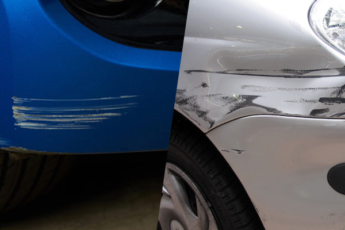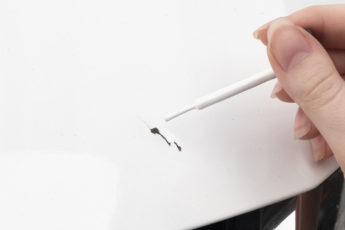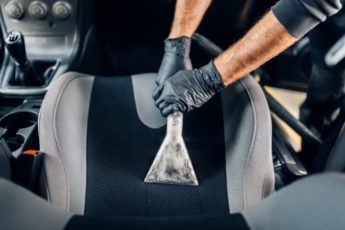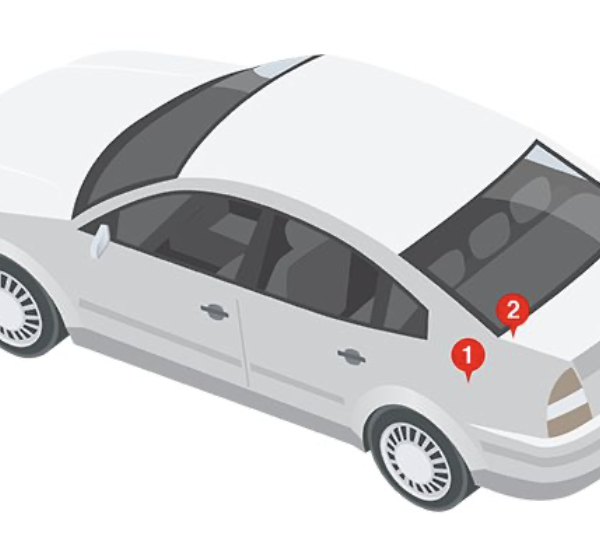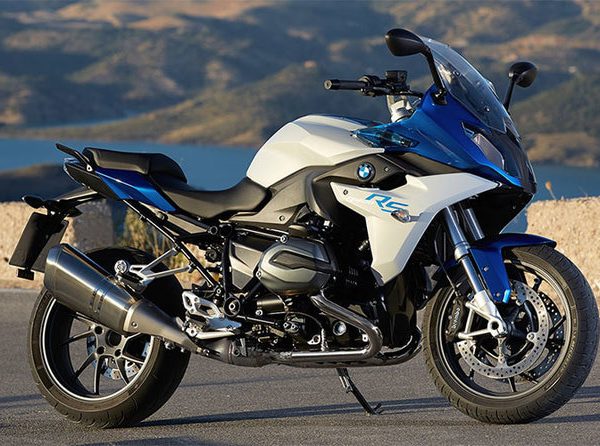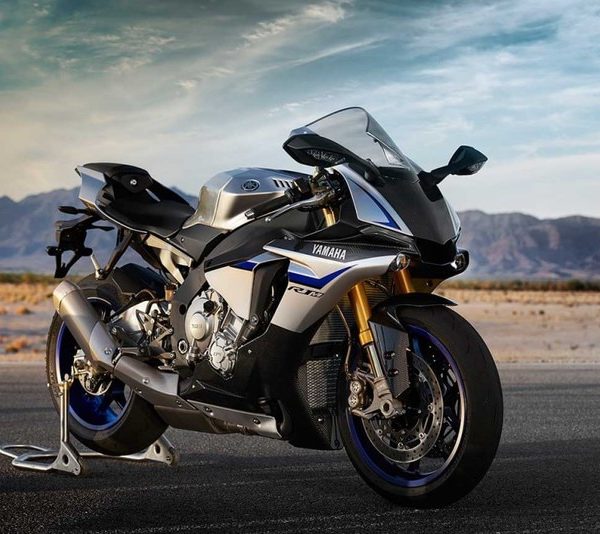Car Essentials: How To Prepare an All Seasons Emergency Kit
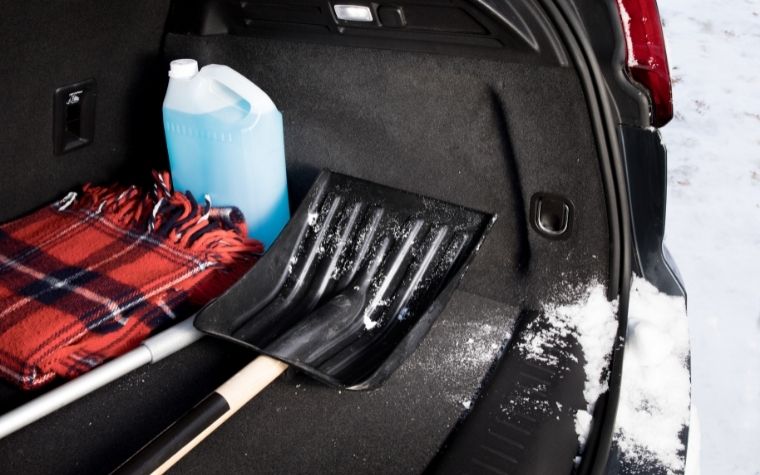
Hey there, fellow drivers! We all know that it’s important to be prepared for all the bumps in the road life throws at us. When you’re out on the road, anything can happen. That’s why having a well-stocked emergency kit in your car is an absolute must-have. Now, why bother with all this prep work? Simple – it’s all about peace of mind and saving time. What’s going in your kit? If you’re stranded by the side of the road, you’re going to want to have supplies for any issue that comes up. From flat tires to engine troubles, your emergency kit has your back.
Let’s break it down. We’re going to split these kits into three categories: Basic, Medical, & Automotive. The Basic category contains…well, your basics. Tools, blankets and food go on this list. The second category is the medical kit. This is pretty self explanatory. First aid kit, bandages, and the like. Last but not least is the automotive kit. You’ll want to supply this kit with car tools that will help you out of a jam. But here’s the kicker – you don’t have to stick to just one type of kit. Mix and match to fit your ride and your needs. Customize your kit depending on what’s right for you and your car.
Basic
Food & Water – Non-perishable snacks and bottled water are vital, especially if you’re stranded for a significant period.
Blankets & Warm Clothing – These are crucial for keeping warm if you get stranded in cold weather.
Flashlight and Extra Batteries – A high-powered flashlight can help you see and be seen in the dark, making it easier to manage nighttime emergencies or repairs.
Portable Charger – Keep a fully charged portable power bank to ensure your cell phone remains operational, crucial for calling for help or using GPS in unfamiliar areas.
Cold Weather Supplies – We’ve already talked about the blankets and warm clothes, but sometimes cold weather means snow and ice. A windshield scraper and snow brush could be vital in clearing ice and snow off your car. A portable shovel will help if you need to dig out a snowbound car.
Road Maps – We know. Everything’s on your phone. But on the off chance that you get stuck somewhere without reception, having good ole’ paper maps around could be a lifesaver.
Medical
First Aid Kit: Essential for treating injuries until professional medical help can be obtained. Include items such as:
- Adhesive bandages (various sizes)
- Sterile gauze pads and adhesive tape
- Antiseptic wipes or solution
- Tweezers and scissors
- Disposable gloves
- Instant cold packs
- Thermometer
- Pain relievers (such as acetaminophen or ibuprofen)
- Antihistamine medication (for allergic reactions)
- Antibiotic ointment or cream
- Hydrocortisone cream (for itching and skin irritation)
Medical Information Card: Create a card with essential medical information for each passenger, including allergies, medical conditions, and emergency contact numbers.
Medical Supplies for Specific Individuals – If you have specific medical needs, it would be smart to pack helpful items in your kit. Supplies like inhalers, Epi-Pens, & prescription medication should be stored in your kit if needed.
Automotive
Jumper Cables: If your car battery dies, jumper cables will be an absolute life saver.
Tire Repair Kit: Includes tools and materials for temporarily repairing punctured tires, such as plugs or patches.
Spare Tire: If you can fit it in or on your car, consider driving around with a spare tire in case one of yours has a blowout.
Tool Kit: Helpful items to put in your tool kit include a screwdriver, plier, tire iron, lug wrench, & multipurpose tool
Duct Tape: This is handy for temporary fixes, securing loose parts, or patching small leaks.
Touch Up Paint: Adding vehicle touch up paint to your emergency kit might not seem as critical as a flashlight or a spare tire, but it has its own set of benefits. Minor scratches or chips in your vehicle’s paint expose the underlying metal, making it susceptible to rust and corrosion. Applying touch up paint can seal these imperfections, protecting the integrity of the metal beneath. There’s also an aesthetic benefit. If you’ve got a touch up tool in your kit, you can deal with those little nicks and scratches in real time. Don’t let it fester until you have to pay a whopping price at the body shop. A little touch up can save you miles of hurt.
Essential Emergency Contacts
No one plans on an emergency happening, but if you find yourself in an unexpected situation, there are a few contacts you should have on hand.
1. Roadside assistance. If your vehicle breaks down, gets stuck, or you’re in an unfamiliar area, roadside assistance will help you get out of harm’s way.
2. Your insurance provider. After an accident, contact your insurance provider to go over the details of what happened. You can also file a claim for accident-related injuries.
3. Emergency assistance. In case of an emergency, 911 is the most reliable number to help you during your situation.
4. Personal emergency contact. Having an emergency contact is important because first responders will reach out to your contact and make them aware of the situation in case of severe injury.
Roadside Safety Tips
Roadside emergencies are common, and most drivers will experience some form of vehicle trouble. Whether it’s a flat tire, dead battery, or accident, a situation will occur. To prepare yourself, we have a few tips to help you stay safe.
- If you notice car trouble while driving, pull over. This will ensure your safety and the safety of other drivers on the road by removing you from traffic.
- Warn other drivers that you’re having vehicle issues. Turn on your hazard lights when you suspect car trouble. This will redirect other vehicles and get the attention of emergency assistance.
- Please don’t leave your vehicle until it’s safe. If you’re near traffic, cars are passing you by. To avoid injury or sideswipes, exit the car from the passenger side (or the side that’s away from traffic).
- Know when to call for help. If you’re experiencing vehicle trouble you can’t fix, call a professional to assist you. Avoid “DIYing” any repairs if you’re not sure what you’re doing.
There you have it – the lowdown on what you need to do to put together your perfect emergency kit. You should be ready just in case something happens. Hopefully, you will never have to use a single item in your emergency kit. But it’s better to be prepared than be caught off guard in a truly dire situation.

 Cart
Cart
 Help Desk
Help Desk
